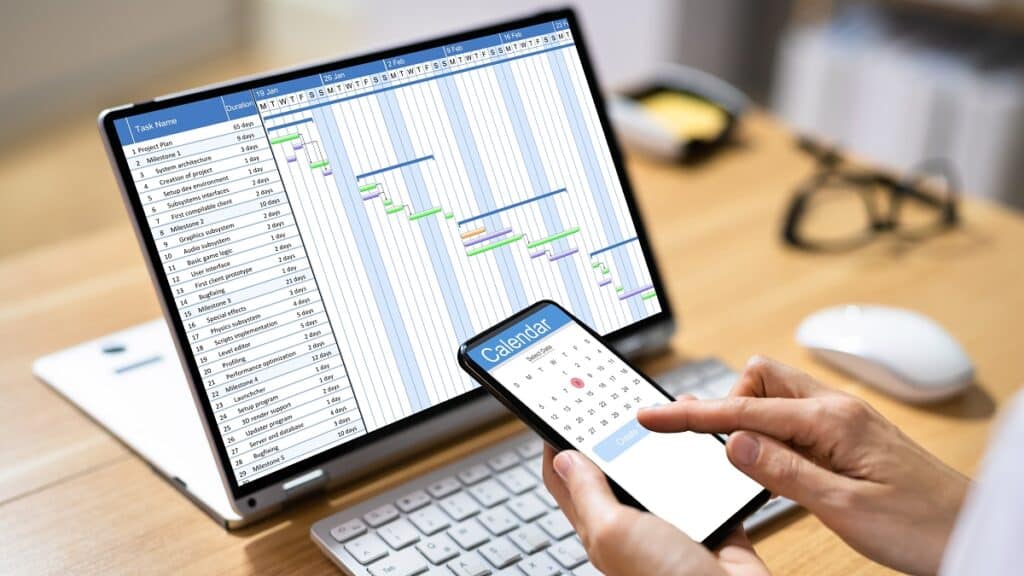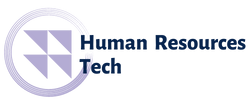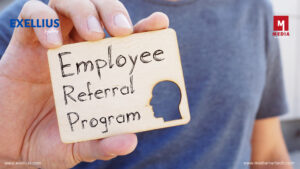
Estimated reading time: 5 minutes
(Editor’s Note: Today’s article is brought to you by our friends at HRdirect, a trusted source for employee-related compliance, administration, and motivation tools. They serve as a one-stop shop to make employee management easier. Enjoy the read!)
A few weeks ago, I published an article about the differences between staffing and scheduling. This is an important distinction because organizations can have the right number of employees – and the best performing employees – but if they’re not showing up at the right times, the operation will be a disaster. In addition, if employees aren’t showing up at the right times, not only will the operation suffer…but employees will be burned out because they’re not working effectively and productively.
Scheduling is one of the core functions of management. Managers need to know how to create employee schedules, so employees are scheduled to work in alignment with business needs. Obviously, this means that managers must have access to the business forecast so they can make sure the operation is covered.
Once the schedule is created, managers need to be able to communicate the schedule to employees. In addition, there could be times when managers must adjust the schedule, maybe because of a last-minute customer request or an employee emergency. When managers make schedule adjustments (regardless of the reason), they need to feel comfortable that employees have easy access to an accurate schedule and any potential changes.
Speaking of schedule adjustments, managers also need to be able to effectively manage time off requests. We all know that stuff happens. Emergencies, illnesses, or some fun once in a lifetime opportunity. The bottom line is that employees want time off and they want the flexibility to request time off at the last minute. While it’s true that managers can simply deny the time off, it might be better to try to work with employees to accommodate the request. That way a manager doesn’t end up stuck at the last minute with an uncovered shift.
Use a Smart App to Manage Employee Scheduling
Ideally, it would be great to have a technology solution to manage scheduling. The good news is our friends at HRdirect have introduced Smart Apps to help organizations and employees with scheduling and attendance. Just as a side note: HRdirect offers more than scheduling attendance apps. Their Smart Apps selection includes labor law posters, Form I-9 compliance, and safety training…just to name a few, but today, we’re going to focus on scheduling and attendance. Here are three Smart Apps that can help managers and employees with better scheduling.
Attendance Calendar allows managers to track both planned and unplanned time off requests. This can be helpful, so the department doesn’t approve too many vacations during the same time. It can also be helpful if a manager is starting to become concerned about an employee’s attendance history. Personally, I’ve found that dealing with employee time and attendance is one of the hardest issues to address. Being able to deal with it early can make all the difference.
Schedule Publisher provides managers with a way to share the schedule online. And for employees to view the schedule online. This is really handy if you’re an employee who doesn’t work on the day the schedule is traditionally published. You can simply look at the app and see the schedule. It’s also great if there’s a need to make changes. The manager can make the changes and alert employees via the app.
Time Off Request gives employees the ability to request time off and managers the ability to approve or deny it. Employees can make the request when they’re thinking about it, so they provide plenty of notice. The last thing anyone wants is to forget to ask for a scheduling change and then show up at the last minute hoping it will be approved. Managers can approve or deny the request so the employee can make plans.
Good Scheduling Provides a Good Employee Experience
We’ve talked a lot on HR Bartender about the importance of creating a good employee experience. And part of that includes giving employees good technology.
Employees want work technology that matches what they can do with their personal devices. If employees are able to contact people, make requests, and check on the status of things with their personal devices then why not be able to do that in the context of work. Employees should be able to see their schedule, make time off requests, and easily be notified if something changes. They should be able to do it using technology they’re comfortable with – like apps.
According to Pew Research, 97% of Americans own a cellphone and 85% of those are smartphones. This tells me that communicating with employees using a medium they’re familiar with – i.e., phone apps – makes sense. If you want to learn more about all the Smart Apps that HRdirect offers, check out their website. Right now, they’re offering a very affordable pricing option. PLUS, they are giving customers the ability to download one app for FREE. It’s definitely worth checking out.
When organizations schedule right, the business operates better. Employees are more productive because they’re not rushing or wasting their time. They’re also happier because they have control over their life – because they know their schedule and can request changes easily. Finding ways to perfect the scheduling process is a win for individuals and the bottom line.
The post Manage Your Workforce with Better Scheduling appeared first on hr bartender.








